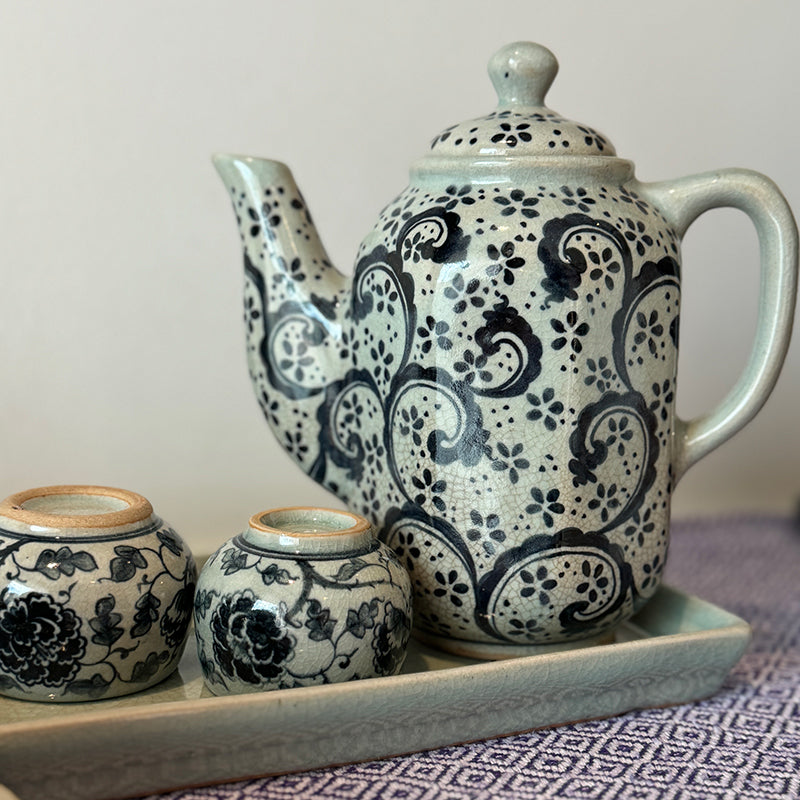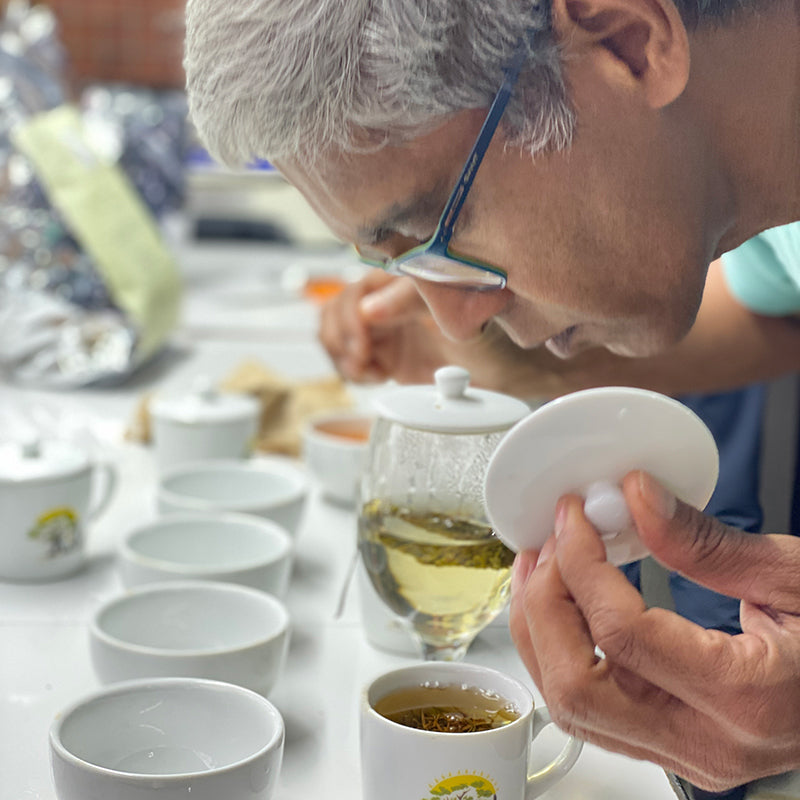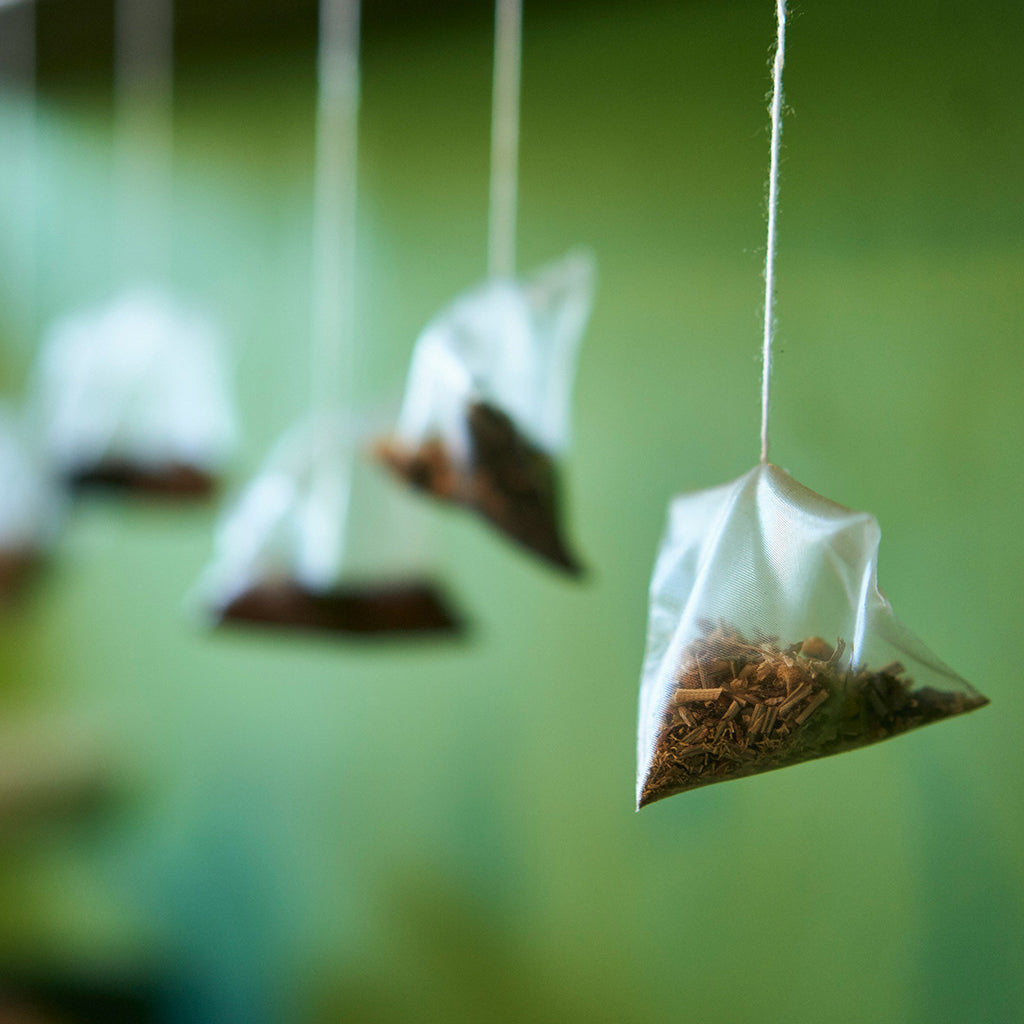Loose Leaf Tea: An Enriching Journey of Aromatic Flavours
Tea, a beverage steeped in history and tradition, has been enjoyed by cultures around the world for thousands of years. Among the various forms of tea, loose leaf tea stands out as an enchanting and indulgent choice for connoisseurs and newcomers alike. Its unique preparation and diverse range of flavours offer a captivating journey into the world of tea. In this exploration, we'll delve into the origins, production, brewing techniques, and diverse flavors of loose leaf tea.

Origins and Production
Loose leaf tea traces its roots back to ancient China, where the art of tea cultivation began. Chinese tea masters discovered that the unbroken tea leaves provided a more profound and richer flavor compared to powdered tea. As the popularity of tea spread across the globe, other countries, such as Japan, India, and Sri Lanka, embraced the cultivation and production of loose leaf tea, each with its own distinctive characteristics.
The process of producing loose leaf tea involves several meticulous steps. First, skilled tea pluckers carefully select young, tender tea leaves from the camellia sinensis plant. These leaves are then withered, allowing moisture to evaporate and enabling the leaves to become more pliable. The next step, rolling, involves hand-rolling or machine-rolling the leaves to shape them and release essential oils, which enhance the tea's flavor. After rolling, the leaves undergo oxidation, a crucial process that defines the type of tea - whether it's black, green, oolong, or white. Finally, the leaves are dried to halt the oxidation process and lock in their unique flavours.
Brewing Techniques
Brewing loose leaf tea is an art that requires attention to detail and a willingness to experiment. Unlike tea bags, which often contain broken leaves, loose leaf tea offers whole, intact leaves, allowing for a more nuanced and sophisticated taste.

The proper brewing technique depends on the type of tea and personal preferences. For delicate green teas, a lower water temperature and shorter steeping time are recommended to preserve their fresh and grassy flavors. On the other hand, robust black teas benefit from higher water temperatures and longer steeping times to extract their bold and malty characteristics. Oolong teas, with their varied oxidation levels, can be brewed to emphasise their floral, fruity, or toasty notes.
Flavours and Diversity
One of the most delightful aspects of loose leaf tea is the vast array of flavors and blends available. From classic single-origin teas to creative blends infused with fruits, flowers, and herbs, loose leaf tea offers an unparalleled adventure for the taste buds.
For those seeking tranquility, a cup of premium white tea with delicate floral undertones may be the perfect choice. For a bolder and invigorating experience, a robust Assam black tea from India can awaken the senses with its malty aroma and full-bodied taste. Oolong teas, with their partially oxidized leaves, offer a diverse range of flavors, from sweet and floral to earthy and complex. Green teas, celebrated for their health benefits, showcase a spectrum of vegetal notes, from buttery to seaweed-like.
Beyond the traditional teas, herbal infusions and fruit blends create a world of endless possibilities. Chamomile soothes and relaxes, while hibiscus infuses a tart and refreshing quality. Adventurous tea enthusiasts may explore blends incorporating spices like cinnamon and cardamom or exotic fruits like lychee and passionfruit.
Health Benefits
Aside from its delightful flavors, loose leaf tea boasts numerous health benefits. Green teas, rich in antioxidants like catechins, have been linked to potential improvements in heart health and a reduced risk of chronic diseases. Black teas contain theaflavins and thearubigins, antioxidants that may aid in lowering cholesterol levels. Oolong teas offer a balance of benefits, sharing characteristics of both green and black teas. Moreover, herbal infusions can have soothing properties and are often caffeine-free, making them a perfect choice for a relaxing evening drink.

Sustainability
Loose leaf tea also aligns with sustainability values, as it generates less waste compared to tea bags. Most tea bags contain plastic fibers that are not biodegradable, contributing to environmental concerns. By opting for loose leaf tea, tea enthusiasts can enjoy their favourite beverage while minimising their environmental impact.
Loose leaf tea embodies a world of elegance, flavour, and diversity that captivates tea lovers worldwide. From its ancient origins in China to its widespread global appeal, the art of loose leaf tea continues to enchant and enrich our lives. Whether it's a soothing cup of green tea, an invigorating black tea, or an imaginative blend of flavors, loose leaf tea offers an experience that transcends time and leaves a lasting impression on those who embark on this aromatic journey. So, steep a cup of loose leaf tea, savour its essence, and discover the magic it holds within each leaf.




